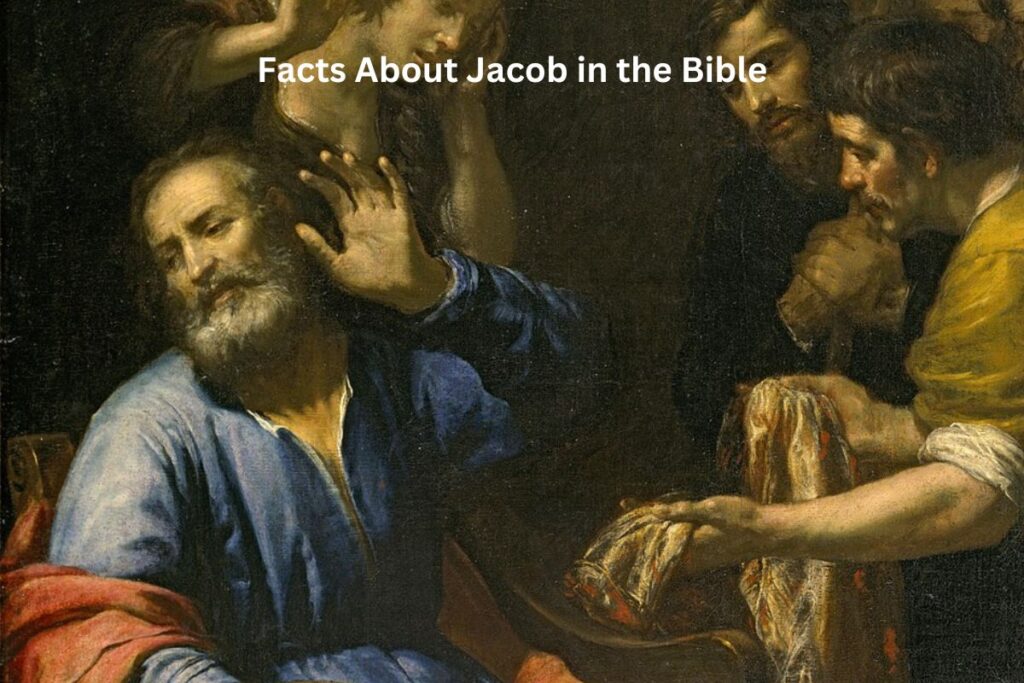
Introduction
Poland, a country located in Central Europe, has been undergoing significant transformations in both its economy and political landscape over the past few years. As a member of the European Union (EU) and NATO, Poland plays a crucial role in regional stability and economic growth. The developments in the country are relevant not only to its citizens but also have wider implications for the European Union and the geopolitical environment in Europe.
Economic Growth and Challenges
Poland’s economy has shown remarkable resilience, particularly in the aftermath of the COVID-19 pandemic. According to the World Bank, Poland’s GDP grew by approximately 4.3% in 2022, demonstrating a strong rebound despite global uncertainties. The country’s manufacturing sector, particularly in automotive and electronics, has been a significant contributor to this growth.
However, challenges remain. Inflation in Poland reached a peak of 16.6% in mid-2022, driven by rising energy prices and supply chain disruptions. The government has initiated various measures to curb inflation and help households cope with rising costs, including financial support programs and tax adjustments. The Polish central bank has also been active in adjusting interest rates to stabilise the economy.
Political Developments
On the political front, Poland has experienced a dynamic landscape, particularly with the recent elections held in October 2023. The centrist opposition party, Civic Coalition, led by Donald Tusk, made significant gains against the ruling Law and Justice party (PiS), leading to discussions about forming a coalition government. Tusk’s platform focused on democratic values, EU integration, and social equity, resonating with many voters concerned about the erosion of democratic norms in the country.
The results of the elections indicate a desire among the Polish populace for change, particularly in areas related to judicial independence and media freedoms, which have been contentious in recent years. Observers warn that continued tensions between the government and the EU may pose risks to Poland’s economic agreements, especially regarding fund disbursements that depend on adherence to EU democratic standards.
Conclusion
The current situation in Poland highlights the interconnectedness of economic and political factors and their significance for both domestic and international audiences. As Poland navigates its path forward, the balancing act between ensuring economic growth and adhering to democratic principles will be crucial. For many in Europe, Poland’s developments will serve as a barometer for the health of democratic institutions and economic resilience within the region. Looking ahead, analysts suggest that Poland’s future will be shaped not only by its internal policies but also by its responses to broader EU dynamics and global challenges.
You may also like

Boris Johnson: A Look at His Current Political Landscape

Recent Developments Involving Jacob Rees-Mogg
